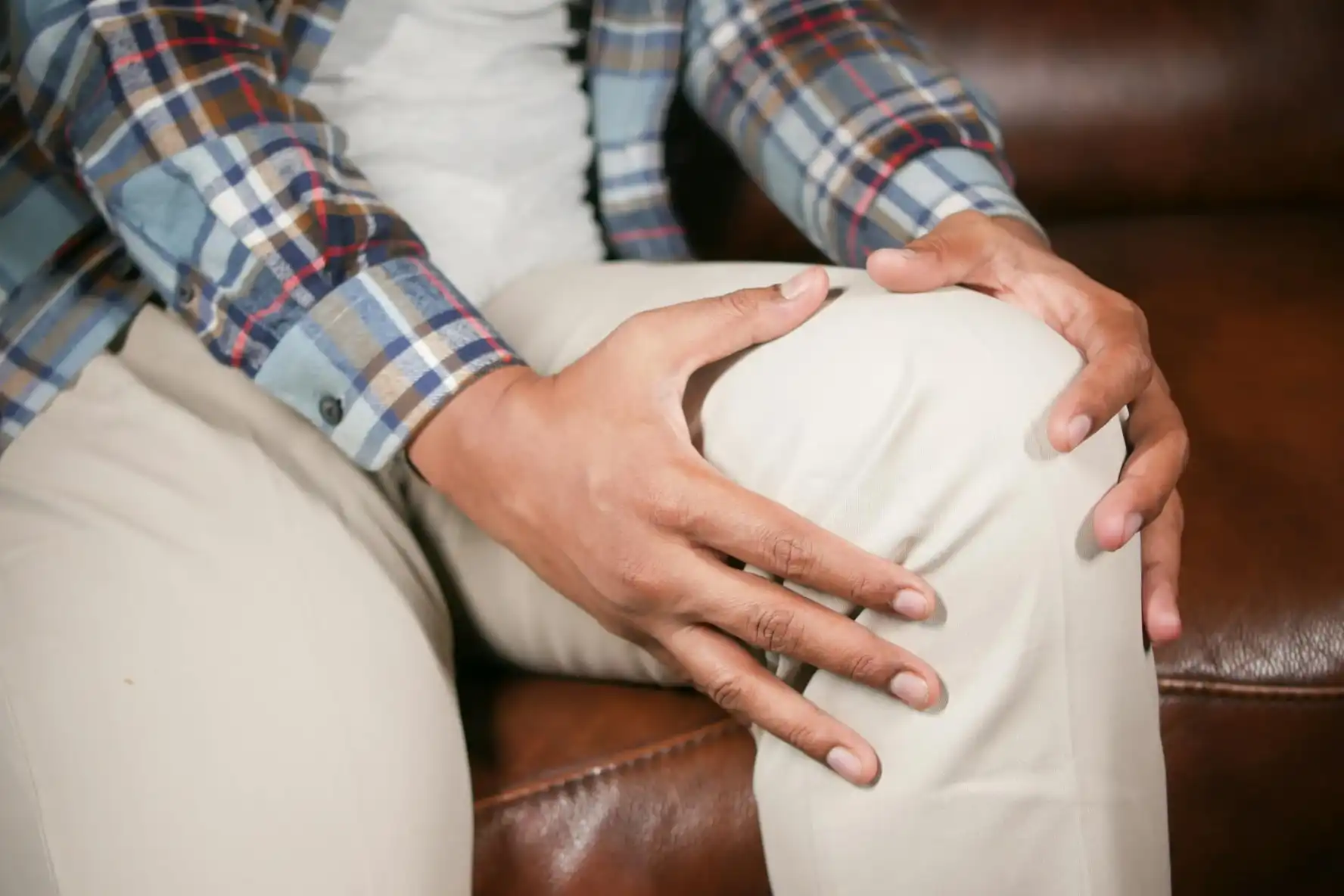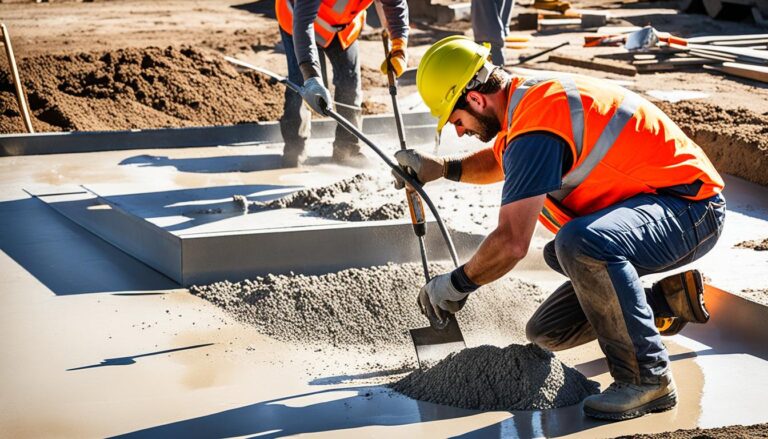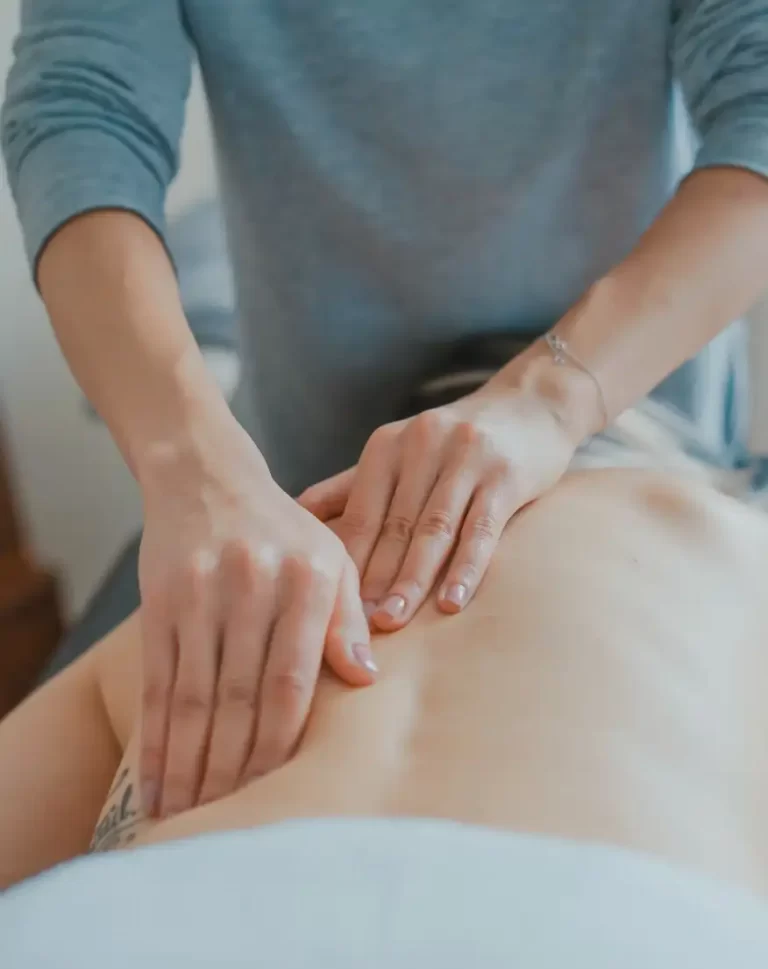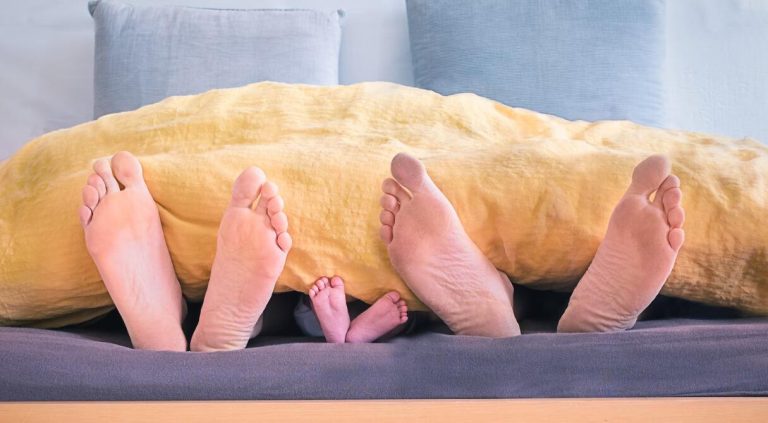Causes and Treatments for Knee Pain | Expert Advice
Did you know knee pain hits over 30 million Americans every year? It’s very common. This article offers expert tips on how to understand and deal with knee pain. It covers different knee pain types, causes like injuries and arthritis, and even medical conditions that add to knee discomfort. After reading, you’ll know how to manage your knee pain well, no matter if it’s new or lasting.
Our health experts will show you the risks for knee pain, like getting older or being overweight. They’ll teach you how to find the real cause of your knee troubles. You’ll also know about lots of treatments, like meds, working with a physical therapist, using knee braces, and trying home cures. We will give you advice on stopping knee pain before it starts, and let you know when you should see a doctor.
So, if knee pain makes your life hard, you’re in the right place. We’re offering tons of info that’s recommended by experts. This info can help you move better and enjoy life more, despite the common challenge of knee pain. Let’s look into what causes knee pain, how to treat it, and the best ways to cope.
– Knee pain can come from many things, like injuries or health problems
– Getting the right diagnosis with a physical exam and tests is key for good treatment
– Common ways to treat knee pain are anti-inflammatory drugs, seeing a therapist, and using knee braces
– Staying at a healthy weight and doing exercises to make your legs stronger can stop knee pain
– You should see a doctor if your knee pain is bad, doesn’t go away, or you don’t know why
Understanding Knee Pain
Knee pain comes in many forms, with different causes. It can be from nerve damage, injuries to bones, muscles, or from less blood flow. Knowing the types of knee pain and knee pain symptoms helps find the cause. This way, the right treatment can be chosen.
Types of Knee Pain
Neurological knee pain feels like burning, tingling, or sharp pain. It’s linked to nerve damage or being pressed on. Musculoskeletal knee pain often feels like a dull ache or sharp pain. This can come from damage to bones, joint discomfort, or knee joint inflammation. Vascular knee pain, though not common, can feel heavy and tight. This kind of pain might be from not enough blood flow.
Symptoms of Knee Pain
Knee pain symptoms vary and can include swelling, stiffness, and not moving well. It can feel like a dull ache or a sharp burn. The pain might get worse with certain activities. These can be as simple as walking or climbing stairs. Knowing your symptoms can guide doctors in finding the cause and picking a treatment.
Common Causes of Knee Pain
Knee pain has many reasons. These include injuries, overuse, and things like arthritis. Knowing these causes helps with caring for knee pain.
Injuries and Overuse
Injuries or overuse is a big reason for knee pain. Things like running and playing sports a lot can harm your knee. This can lead to painful muscles, tendons, or ligaments, making your knee swell and hard to move.
Arthritis
Arthritis is another big cause of knee pain. There are two main types: osteoarthritis, from the wearing of the joint’s cartilage, and rheumatoid arthritis, which is an immune problem. Both can make your knee hurt and stiff.
Bursitis
Bursitis means the small, fluid-filled sacs around your knee are swollen. This can happen from doing certain things a lot or from injuries. It causes pain, and your knee might feel tender and not move well.

Knowing about these knee pain causes is key to getting the right help. By finding and treating the main problem, you can start feeling better. It also helps stop future knee joint issues.
Knee Pain and Underlying Medical Conditions
Many things can cause knee pain, like injuries or overusing your knees. But, some medical conditions can also make your knees hurt. It’s key to know about these issues to stop your knee pain and avoid more problems.
Gout
Gout is a type of arthritis that makes your joints swell with uric acid crystals, especially in your knees. It brings sudden and strong knee pain, along with swelling, redness, and a burn. Managing gout with medicine and changes to your food is a must to lessen the chance of gout knee pain coming back.
Tendinitis
Tendinitis happens when the tendons around your knee are sore. It makes moving hurt, and activities that stress your knee tendons can make it worse. It’s key to treat the joint inflammation for tendinitis knee pain to get better.
Finding and treating the reasons behind your knee pain is important. Doing so helps you handle the pain better and keeps your joints healthy.
Risk Factors for Knee Pain
As we get older, our knees go through more wear and tear. This makes older adults more likely to get age-related knee pain and joint wear and tear. Over time, the knee joint can wear out, leading to osteoarthritis. If you are overweight or obese, your knees have extra stress. This may speed up damage to the joint’s protective cartilage, causing obesity knee pain and excess weight impact on knees.
To lower these risks, it’s good to keep a healthy weight and do easy exercises. Watching our weight and staying active can lessen the pressure on our knees. This helps avoid serious knee pain problems.
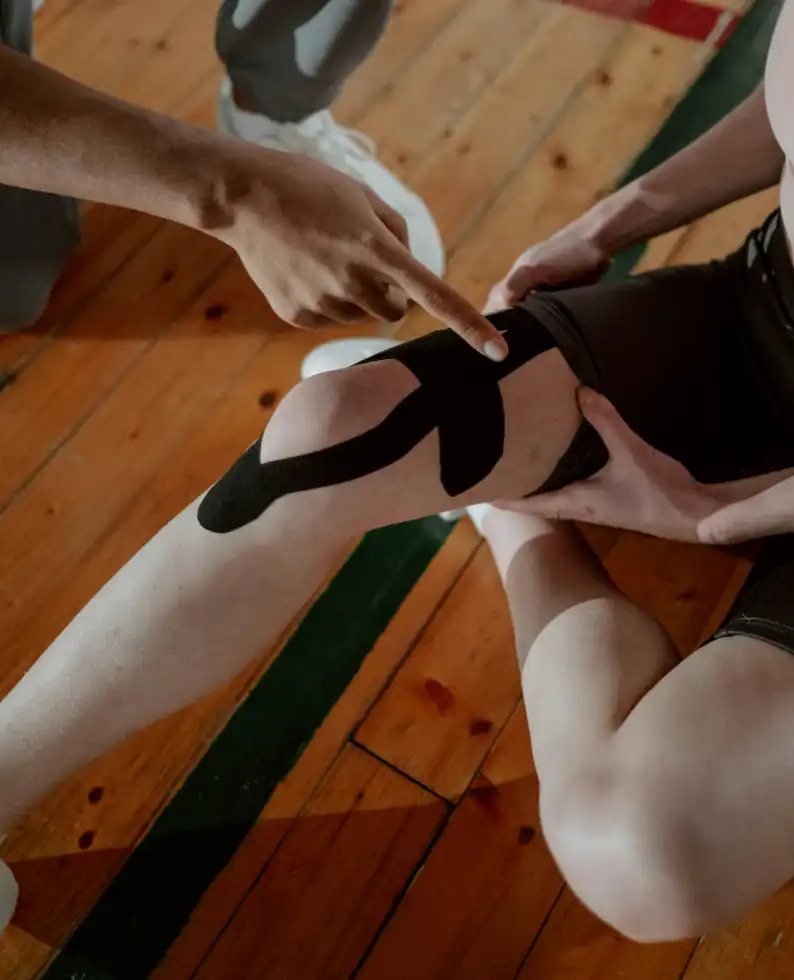
Diagnosing the Cause of Knee Pain
It’s vital to find out what’s causing knee pain for the right treatment. A doctor will look closely at your knee. They may do a checkup and use special pictures to see inside. This helps them understand what’s wrong and how to help you feel better.
Physical Examination
At the doctor’s office, they will check your knee carefully. They will see how well it moves, if it’s stable, and how it feels. They might press gently to see if certain spots hurt more. This detailed check can show them if you have hurt the knee, if it’s swollen, or if something is not normal.
Imaging Tests
Then, they might ask for more pictures of your knee. X-rays are common and show bone problems. MRI and CT scans give a deeper look at soft tissues like muscles and ligaments. These tests help find out about conditions like arthritis or if the knee’s structure is not right.
A good look and special tests can find out what is making your knee hurt. Doctors use all this information to make a plan to help you get better. This might include medicine, exercises, or other treatments. The goal is to treat the issue and lessen your knee pain.
Knee Pain Treatment Options
People have many choices for treating knee pain, depending on the cause. They can take anti-inflammatory drugs by mouth, like acetaminophen or ibuprofen. These help by lessening inflammation and pain.
Medications
Anti-inflammatory drugs work by lowering the swelling that causes knee pain. Sometimes, doctors suggest using creams with these drugs. This can also help with pain and swelling.
Physical Therapy
For some, physical therapy is a strong option. It includes exercises and stretches to make the knee stronger and move better. Patients and therapists make a plan that fits each person’s needs.
Knee Braces and Supports
Knee braces or supports are good for some cases. They offer extra help and reduce stress on the knee. People with problems like arthritis can use them. This allows for an active life while taking care of the knee.
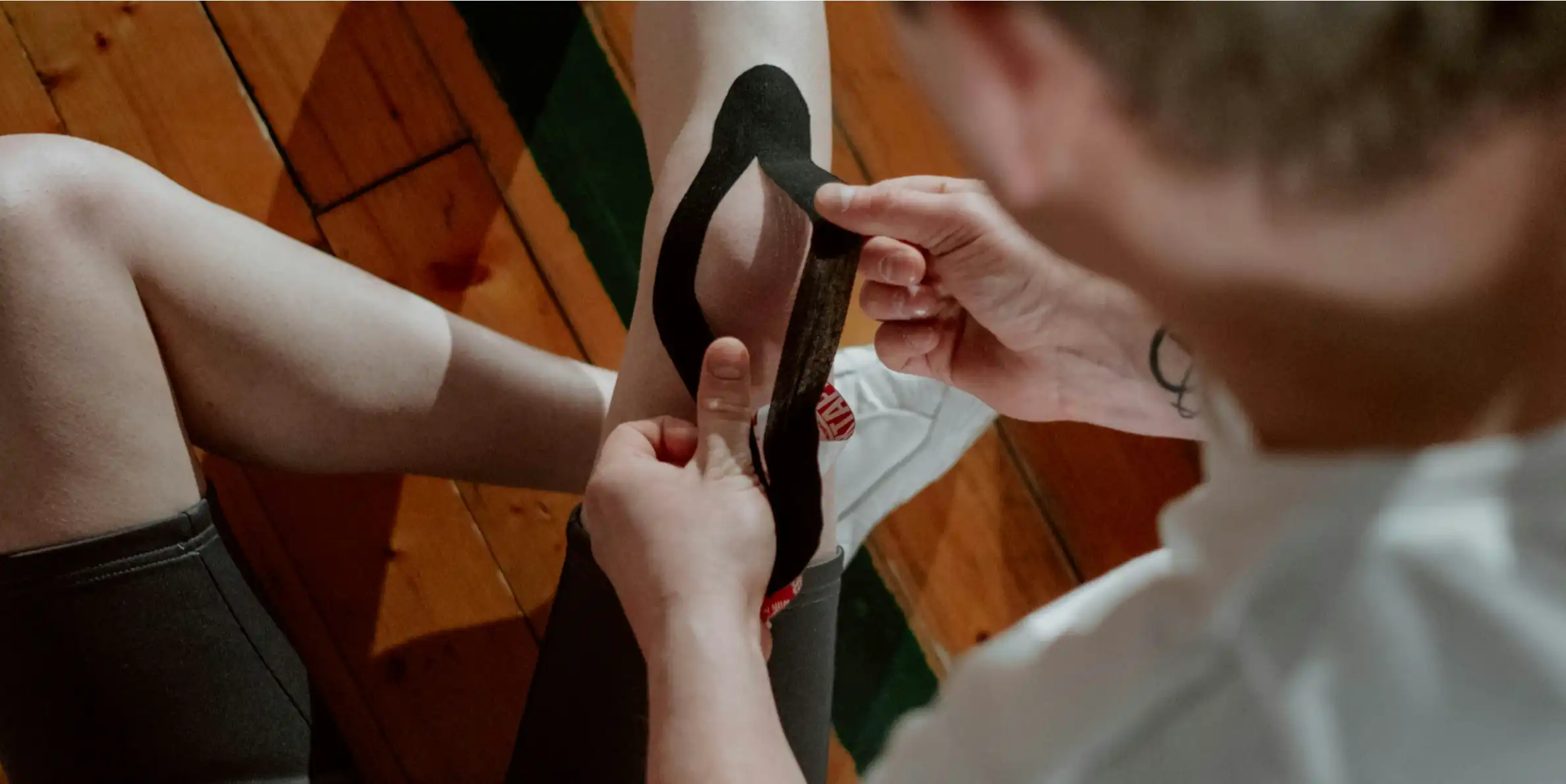
Looking into these options helps a lot. Talk to your doctor to find what’s best for you. You might use medicine, therapy, or other tools. All these ways can make knee pain better and keep your knees healthy.
Home Remedies for Knee Pain Relief
Along with seeing the doctor, some home fixes can ease knee pain. Using ice packs or heat therapy lessens swelling and comforts the knee. Plus, over-the-counter pain relievers like acetaminophen or ibuprofen help a lot. They work well to dull knee aches.
Also, stay at a healthy weight and do gentle low-impact exercises. This helps by reducing stress on your knees and keeping your joints in good shape. By adding these easy fixes at home, you can boost your medical care results.
Preventing Knee Pain
There are many ways to prevent knee pain. It’s important to keep our weight in check. This helps avoid putting too much stress on our knee joints. It also lowers the chance of getting osteoarthritis.
Exercise is key as well. Doing squats, lunges, and leg presses can make our knees stronger. This protects our knees from harm. Swimming, cycling, and using an elliptical are good too. They get our knees stronger without hurting them.
Maintaining a Healthy Weight
Keeping a healthy weight is a big deal. It stops our knees from working too hard. This cuts the risk of joint problems, like osteoarthritis. A good diet and moving often help us keep the right weight.
Strengthening Exercises
Working out is very important too. Strong muscles around our knees help a lot. Squats and leg presses build these muscles. This support keeps our knees safe.
Don’t forget about sports that are gentle on the knees. Things like swimming or riding a bike are perfect. They keep our knees fit without hurting them.
Taking care of our knees is serious. Thankfully, there’s a lot we can do. This includes keeping a good weight, training our muscles, and doing safe sports. These steps help us stay active and avoid knee troubles.
When to See a Doctor for Knee Pain
If your knee hurts a lot or comes on fast, or if it swells, feels weak, or you can’t stand up on it, see a doctor right away. Knee pain that won’t go away with rest or home care also needs a doctor’s look. This step helps stop the pain from getting worse and finds the best way to help.
If you hurt your knee by falling, getting hit, or twisting it suddenly, see a doctor. Even if it doesn’t hurt much at first, a doctor can check for hidden problems. Not getting help fast can make your knee not work right, and hurt you in the long run.
It’s smart to check with a doctor if your knee hurts badly, or if it keeps bothering you after you’ve tried to help it at home. A doctor can figure out what’s wrong and show you how to fix it, making you better soon and stopping the problem from getting worse.
Living with Chronic Knee Pain
If you’re facing ongoing knee pain, making some changes and using assistive devices can make life better. You should try exercises that don’t stress your knees, keep a healthy weight, and apply methods like heat and cold treatments. Also, it’s good to use over-the-counter medicines for pain relief.
Lifestyle Modifications
Changing your daily routine can do wonders for knee pain. Add activities like swimming, cycling, or the elliptical. This keeps your knee muscles strong without harming the joints. It’s also very important to maintain a healthy weight. Extra weight can make knee pain worse and fuel conditions like osteoarthritis.
Assistive Devices
There are times when using assistive devices is a smart choice. They offer extra support and keep you active. Devices such as knee braces, canes, or walkers take some pressure off your knees. This makes you feel better and lessens the chance of injuries.
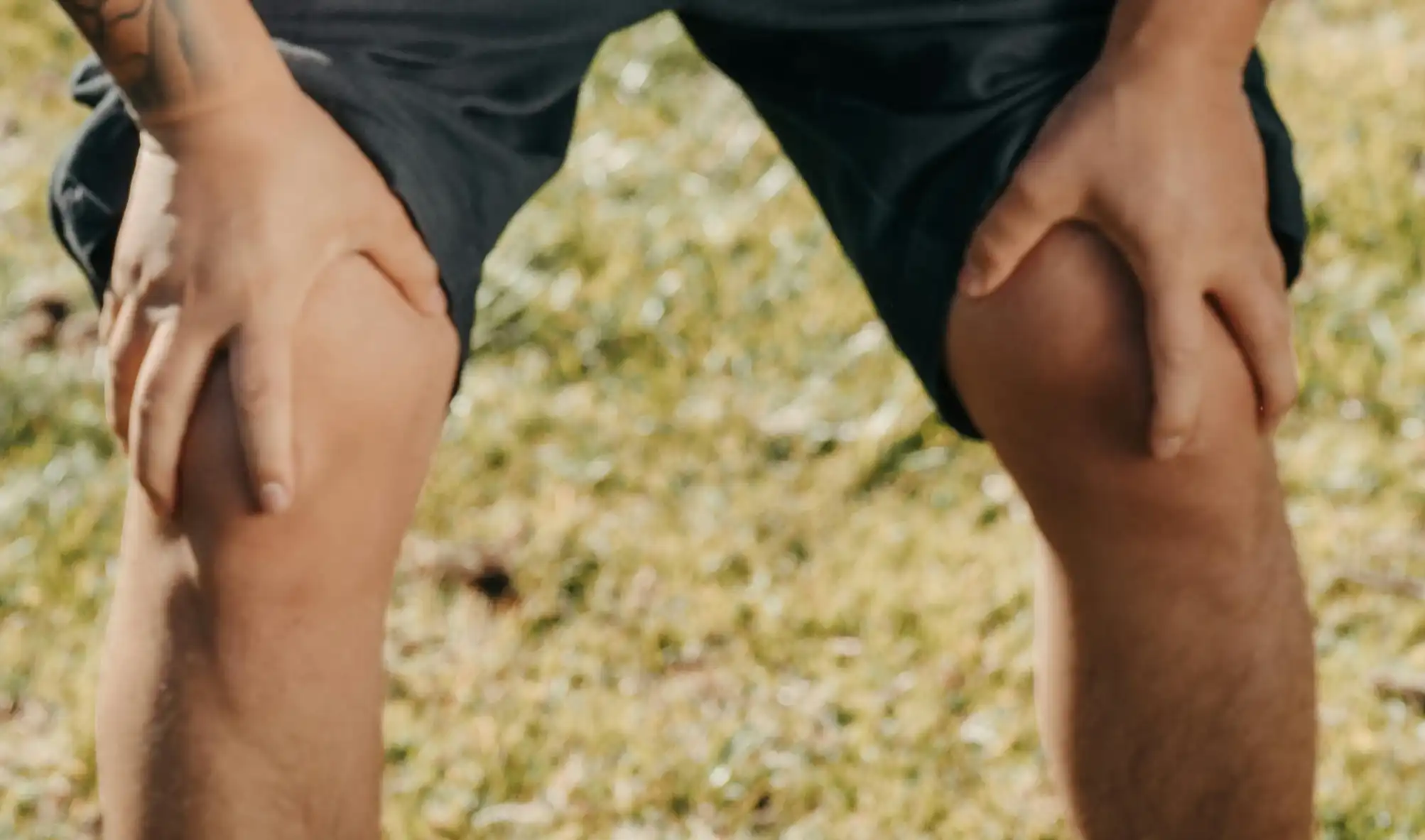
Using lifestyle changes and assistive devices together can really help. You can manage chronic knee pain and still enjoy an active life.
Conclusion
Knee pain can come from many things like injuries or too much use. It might also be a sign of bigger health problems. By knowing about different knee pains and what they feel like, we can help doctors figure out what’s wrong. This helps in making a plan to treat it.
There is hope to stop knee pain and keep the knee healthy. To do this, knowing the cause and treating it in many ways is important. Also, working to stop more problems from happening is key. Doing all this helps us take charge of our knee health. Then, we can keep doing the things we love.

